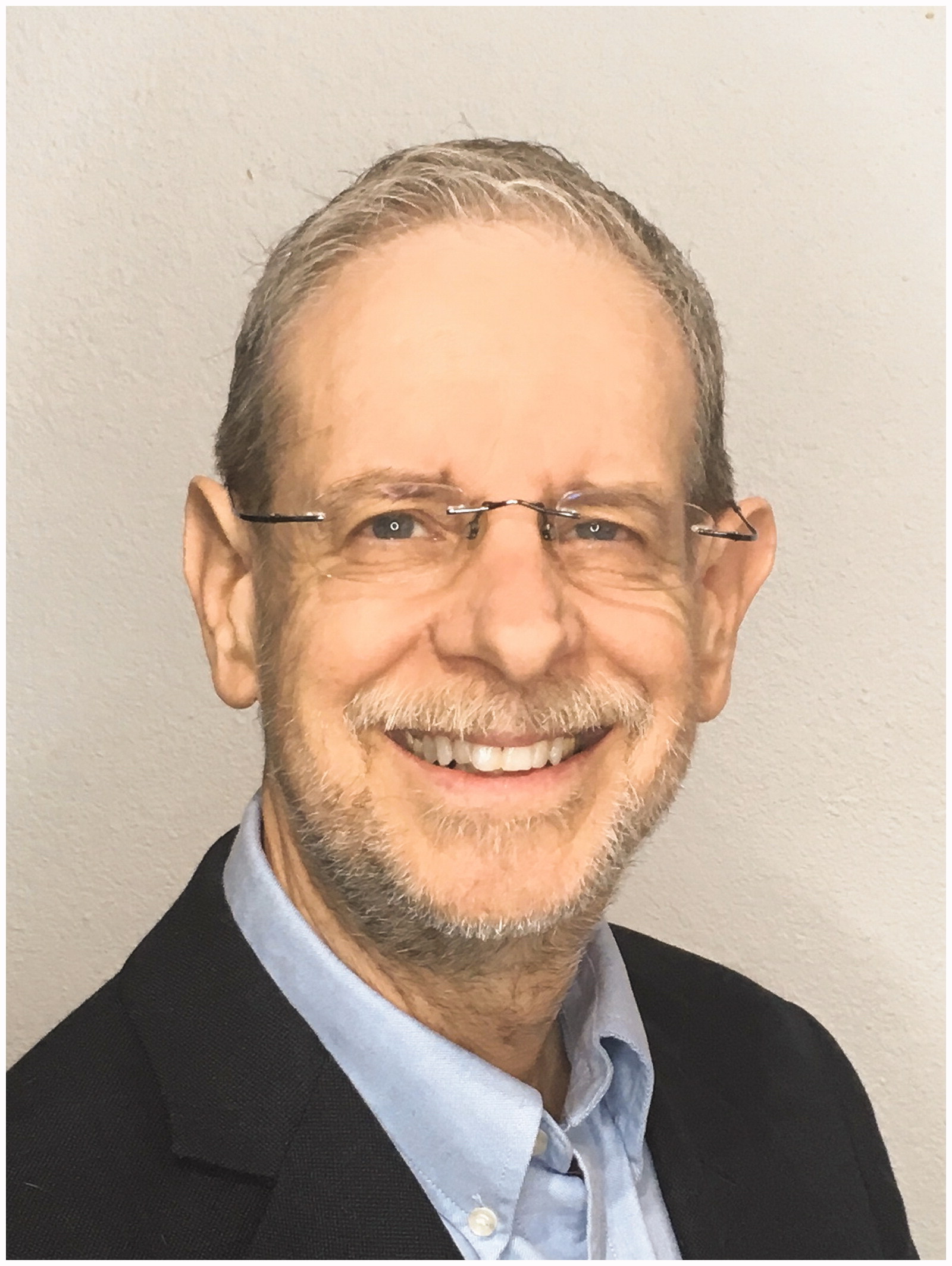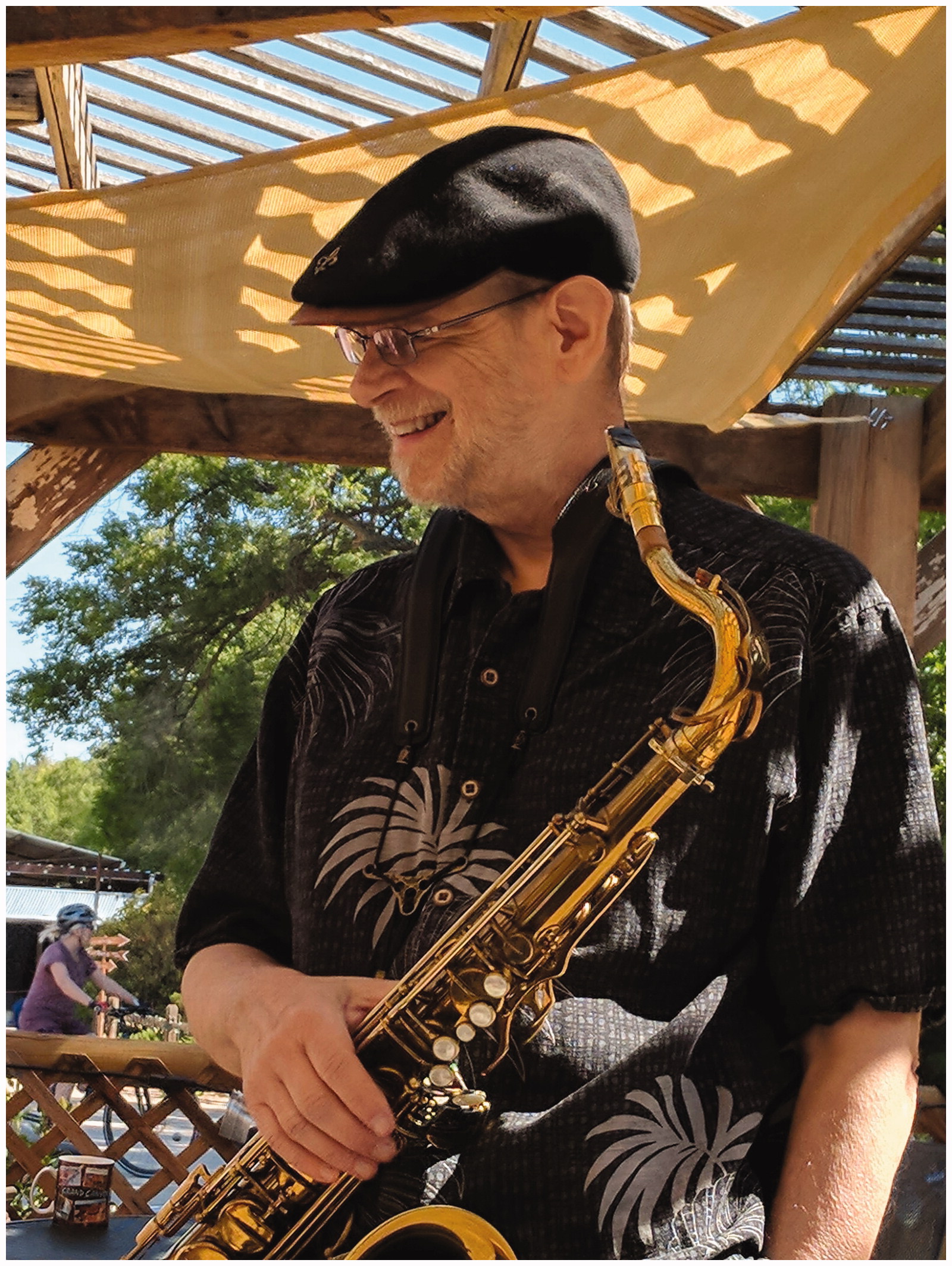

A colleague of gentle good humor, dedication, and leadership has departed too soon from our midst. Steven Seifert, MD, FACEP, FAACT, FACMT, FEAPCCT, continued his work with the New Mexico Poison and Drug information Center and as Editor-in-Chief of this journal until May 18 of this year, when he died from complications of cancer at the age of 72.
“My name on publications is always Steven A Seifert,” he would say. “But someday, I hope to be remembered as Steven The Seifert.”
Seifert was born in Brooklyn, New York on February 27, 1950, the son of a pharmacist and a devoted stay-at-home mom. When he turned three, his mother bought him a plastic doctor’s bag containing a toy stethoscope. He applied the stethoscope meaningfully to every chest around, and he declared that when he grew up he would be the kind of doctor that helps other doctors make diagnoses. A medical toxicology career entailing consultations through the Rocky Mountain Poison and Drug Center, the Arizona Poison and Drug Information Center, the Omaha Poison Center and the New Mexico Poison Center would bear out this prediction in the years that followed, as would his service to the medical and herpetological communities through work in medical publishing and snake envenomation management.
As a boy on Long Island, Seifert watched the Dodgers, the Yankees, and the Mets, and he played little league baseball. He observed that the traditional batting order, with the strongest hitters going third and fourth, resulted in fewer at-bat opportunities for them over the course of a season than if the power hitter were placed earlier. When he got his first PC he tested this theory using a Monte Carlo simulation, and he published his proof of the concept in the Baseball Research Journal [Citation1]. Although his suggestion never caught on with the major leagues, the pleasure of analyzing and sharing data from unusual perspectives stayed with him for life. Toxicologists who had the pleasure of working with him will recall debating the causes and treatments of recurrent snake venom effects, analyzed using pharmacokinetic models [Citation2].
Seifert studied biology at Cornell, conducting his thesis work on acetylcholine receptors under Dr. Moyhee Eldefrawi and graduating with honors and distinction in 1972. He completed medical school at the University of Cincinnati in 1976, then moved to Tucson, Arizona, where he interned in Family Medicine at the University of Arizona (UA) until being moved by Dr. Douglas Lindsay—the real-life inspiration for the Colonel in M*A*S*H, who was by this time on the UA faculty—to change his career to Emergency Medicine. Next, as the director of the county hospital’s emergency department, Seifert founded a countywide sexual assault response program, the first of its kind locally. He brought attention to the unsafe repatriation of pesticide-treated Native American artifacts in American museum collections [Citation3]. Under the mentorship of Dr. Richard Dart, Seifert then completed a formal toxicology fellowship at the University of Colorado, doing a variety of rotations closer to his home in Tucson under the supervision of the UA’s Dr. Leslie Boyer.
In the years that followed, Seifert grew into positions of increasing leadership. After spearheading a funding drive to rescue a poison center targeted for closure, he served as the inaugural medical director of the re-opened Nebraska Regional Poison Center. While in Omaha, he chaired an international conference on snake envenomation that set a precedent for the recurring conference series now known as Venom Week. He founded a nonprofit organization to maintain Venom Week into the future. He moved home to the Southwest to become Medical Director of the New Mexico Poison and Drug Information Center in 2007, and he maintained an academic home at the University of New Mexico until 2022. He served on the boards of the American College of Medical Toxicology, the American Association of Poison Control Centers, and the North American Society of Toxinology. His service to Clinical Toxicology began in 2008, advancing to the post of Editor in Chief in 2017. In 2022, he capped off his career in snakebite management by publishing an invited review in the New England Journal of Medicine [Citation4] and by receiving the American College of Medical Toxicology’s Matthew J. Ellenhorn Career Achievement Award [Citation5].
Seifert found commonality with humans of every stripe, be they young or old, famous or forgotten, Nepalese or Nebraskan. He found joy in movies and books both modern and classic, and he wrote short stories and poems. Combining his toxicology, fiction and statistical passions, he published a toxicologist’s perspective on Arthur Conan Doyle’s entire Sherlock Holmes canon [Citation6]. He earned a black belt in tae kwon do. He would ride the full 100-mile annual “El Tour de Tucson” circuit on his bicycle, then host a party for old friends the following day. He shared stories of his family’s activities in a widely distributed annual “equinox letter” and on FaceBook: one could not be a close colleague without also enjoying his wife Sandy Mishkin’s paintings or reading the toxicology paper he proudly second-authored with their only child, when the younger Dr. Seifert had at last followed his footsteps through medical school [Citation7].
In middle age, Seifert announced that he had a new goal: “to not suck” at tenor saxophone. For years following this declaration he attended summer jazz workshops, practicing and performing for live audiences until his technique and style matured. He then played regularly in an “Arts in Medicine” concert series at the University of New Mexico Hospital, entertaining staff and patients as they dined. In a twist reflecting both his musicality and his sense of humor, he founded a long-distance trio called the “Steve Seifert Project,” consisting entirely of musicians named Steve Seifert, whose work can be discovered today on YouTube [Citation8]. More than anything else in his final year, Seifert spoke of the pleasure of watching the next generation learn to walk and talk, in the form of grandson Theo Seifert of Boston.
Seifert said, a year ago, that he hoped his obituary would make him seem “smarter and better looking” than he was in life; but given the breadth of his true accomplishments and the depth of his involvement on behalf of others this seems unnecessary. Instead, the author chooses to accept Sandy Mishkin’s advice to use this place, in the journal that he edited, to give the man himself the final word. Let us all pause now to consider the passing of a Renaissance man, a good friend, and a true leader in the field of clinical toxicology: Steven The Seifert.
Department of Pathology, University of Arizona, Tucson, USA
[email protected]
References
- Seifert SA. On batting order. Baseball Res J. 1994;23:101–105.
- Seifert SA, Boyer LV. Recurrence phenomena after immunoglobulin therapy for snake envenomations: Part 1. Pharmacokinetics and pharmacodynamics of immunoglobulin antivenoms and related antibodies. Ann Emerg Med. 2001;37(2):189–195.
- Seifert SA, Boyer LV, Odegaard N, et al. Arsenic contamination of museum artifacts repatriated to a native American tribe. JAMA. 2000;283(20):2658–2659.
- Seifert SA, Armitage JO, Sanchez EE. Snake envenomation. N Engl J Med. 2022;386(1):68–78.
- Seifert SA. Dr. Steven Seifert—2022 Ellenhorn career achievement award address [online video]; 2022 [cited May 24, 2022]. Available from: https://www.youtube.com/watch?v=-nQix-DfYRc.
- Seifert SA. Sherlock Holmes: academic toxicologist. Baker Street J. 2001;51(1):23–27.
- Seifert SM, Seifert SA, Schaechter JL, et al. An analysis of energy-drink toxicity in the national poison data system. Clin Tox. 2013;51(7):566–574.
- Seifert S, Seifert S, Seifert S. Danny Boy—the Steve Seifert project [online recording]; 2022 [cited May 22, 2022]. Available from: https://www.youtube.com/watch?v=gYpZAhTYbic.
